Old Red Lion Country Club land: It’s Bulldozer blades v. endangered bats
York County developers must have spent down time in the COVID era sharpening their bulldozer blades.
Since then, they have sized up just about every parcel of green space in the county’s 900-plus square miles, and if an old building is awaiting reuse or in need of restoration, their dozers are idling nearby.
York County residents are pushing back from north to south.
In Fairview Township in northern York County, there’s controversy over a rezoning petition to change parcels from a residential living classification to one that could include commercial interests.
In southeastern York County’s Stewartstown, residents have pushed back against construction of a hotel or apartments in a shopping center parking lot.

This one’s a little different. Often, builders who seek to reuse developed property face mild to no opposition. Warehouses on the old Harley-Davidson assembly plant site and the old York Shipley boiler plant site in Springettsbury Township attracted little notice.
But when developers target green space — the proposed Pennsylvania Avenue warehouse near Prospect Hill Cemetery in Manchester Township, for example — citizen dissent emerges in a major way.
But there are more quality-of-life assets at risk: The proposed Hoke House demolition in Spring Grove and the Mount Zion/East Market Street development that would demolish the architecturally significant Modernnaire Motel are two.
There is the warehouse proposed for Hellam Township green space. That township apparently just dodged a blade from another developer who sought to build a truck stop near the Horn Farm Center.
Work that is gobbling green space has resumed on solar farms in West Manchester Township and planned solar farms in the Dover area.
And warehouses? When will we have enough? What will happen to all these massive structures when Amazon delivers via drone?
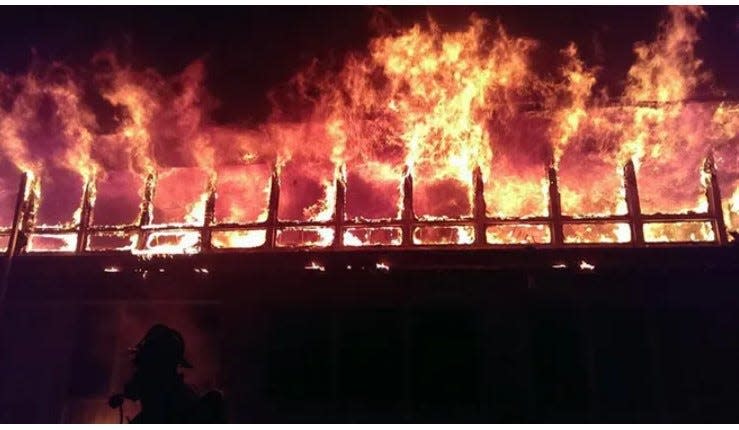
More: Meeting on controversial Red Lion Country Club site to be held this week
Former Red Lion Country Club land
With all of this, there’s another.
Intense opposition has cropped up over a proposal to rezone 58 acres of former Red Lion Country Club property to high-density residential.
A popular option put forth by those opposing the York Township development: The school district keeps ownership and uses it for outdoor classrooms to teach conservation.
A worthy opponent of the builder’s proposal, which could result in 340 homes, is a native son with an international reputation as a naturalist.
Jack S. Grove’s lengthy resume covering 40 years is impressive. His skills as a marine biologist, dive master and expedition leader have brought him to many of the most remote regions in the world’s oceans.
He lived in the Galapagos Islands in the Pacific Ocean for seven years conducting marine research.
It is said that all politics is local, that a politician must take care of business locally to have an impact nationally.
Similarly, one could say that all environmental care is local. Protect Barshinger Creek and you help protect the Susquehanna River and the Chesapeake Bay. Over the years while working in national and international waters, Grove has tracked the fortunes of the former Red Lion Country Club property.
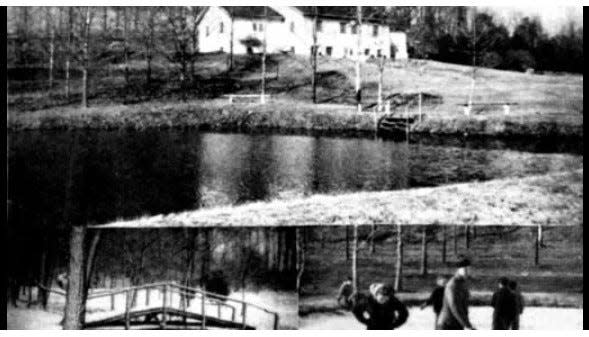
Naturalist responds to queries
Grove answered five questions about the country club land, with a proposal for a change in zoning scheduled for consideration by the York Township Board of Commissioners on July 6.
Q. What is your connection to the former Red Lion Country Club land?
A. In 1913, my mother was born in Adamsville, a couple of miles downstream from two natural springs below Fairmount Park, where the headwaters of Barshinger Creek originate. Mother instilled my interest in the stream because she often spoke fondly of drinking from a cold freshwater spring on the hillside overlooking her hometown.
As a Red Lion High School student, my athletic abilities as a cross-country runner were mediocre, but my appreciation for the landscape where we ran was exceptional. The Red Lion team competed with many other school districts, some of which had beautiful courses. But my favorite place for long-distance running was on the property of the old Red Lion Country Club.
Q. Could you give a bit of history about this property, its buildings and those who have owned it over time?

A. First, I am grateful to the dedicated group of local activists who did the historical research for this column. They found no validity to the rumor that Catherine Meyer, the “Mother of Red Lion,” ever owned this land. But I love the story, and the legend lives on.
There were numerous historical owners of the property, including, among others, names like Reeman, Neff and Spotts. Some of the descendants still live in the area. The property was frequented by civic groups, Boy Scouts, Campfire Girls and locals who loved to fish and camp on the site. The Lincoln Fraternity had meetings there from the late ’20s to mid-’30s.
In 1937, the Red Lion Country Club was established, and the community has treasured the natural resources there ever since.
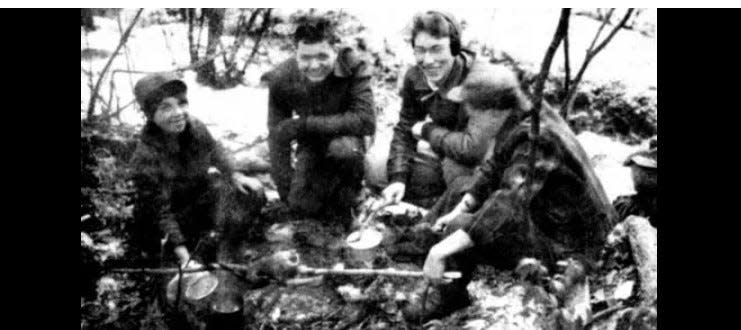
More: York County sprawl threatens historic landmark, quality of life
More: Stewartstown Planning Commission opposes plans to change a half-built hotel to apartments
Q. What are some natural features of the property that would interest people?
A. The 58-acre property embodies a perfect example of a watershed and consists entirely of creek basins and wetlands.
The Barshinger Creek Watershed nourishes the East Branch of the Codorus Creek and eventually the Susquehanna. The stream is an integral part of the Chesapeake Bay watershed. Several species of fish inhabit the pond, and the perennial waterway is a historical brook trout habitat.
According to U.S. Fish and Wildlife Service data, these 58 acres provide habitat for two endangered bats and another bat that is listed as threatened. Bald eagles, bog turtles, box turtles and four endangered songbirds reside on the land for at least part of each year. The wetland's plant species and the ecology of the surrounding environments have yet to be adequately documented.
Q. What are some environmentally sensitive parts of the property today as it sits undeveloped — and with future development?
A. Because of the geography of this property, all the runoff flows into the creek basin. Immediately downstream from the property, starting in the vicinity of Franklin and Arbor streets, lies a 100-year flood plain. Both the agricultural and residential properties there already see extensive flooding regularly. The flooding will be accentuated if the sloping landscape is devasted and replaced by concrete buildings and asphalt.
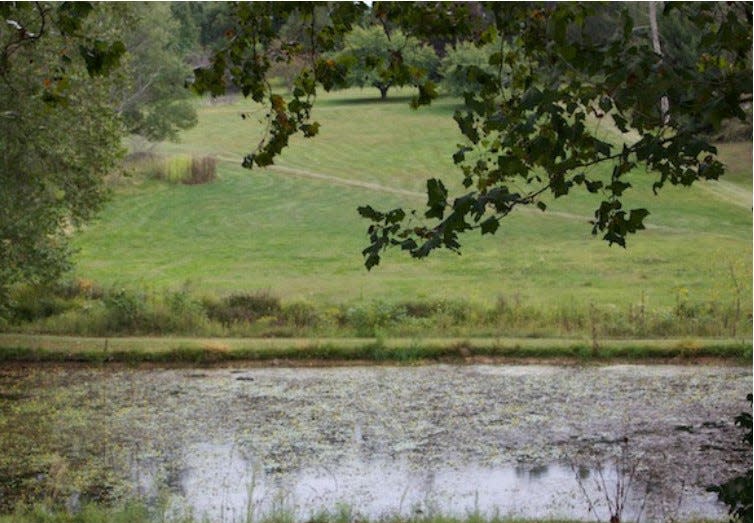
When the property was a golf course, portions of the creek were environmentally impaired by herbicides and pesticides. The land and the stream have been free of these toxins for several decades, so considerable ecological recovery has occurred.
The vegetation comprises lawns, terrestrial and palustrine meadows, remnants of a conifer plantation and mixed hardwood woodland with red oak.
Q. What else would you like others to know about the former country club property?
A. In 2014, the Natural Lands Trust published an environmental survey entitled “Conservation Opportunities, Red Lion School District Property at 150 Country Club Road.” The NLT survey includes a personal letter from professor Paul Ehrlich, a preeminent environmental scholar, addressed to Ann B. Barshinger, whose family name lives on in the name of the stream.
Dr. Ehrlich concluded that letter: "In addition to its natural resources, this property has tremendous educational value to the state of Pennsylvania. The Country Club property is ideal for field studies in freshwater biology and agroecology. There could be no greater legacy for the community than to preserve this property and the freshwater spring behind the high school."
I hope the York Township commissioners will choose to leave behind a legacy they will be proud of. Their decision on Thursday, July 6, will likely be one of the most important decisions they will ever make.
If you care to preserve and enjoy this treasured green space, and you want to avoid increased pressure on police and EMS services, please attend the public meeting of the York Township commissioners at 6 p.m., Thursday, July 6, Dallastown Middle School.
Jim McClure is a retired editor of the York Daily Record and has authored or co-authored nine books on York County history. Reach him at jimmcclure21@outlook.com.
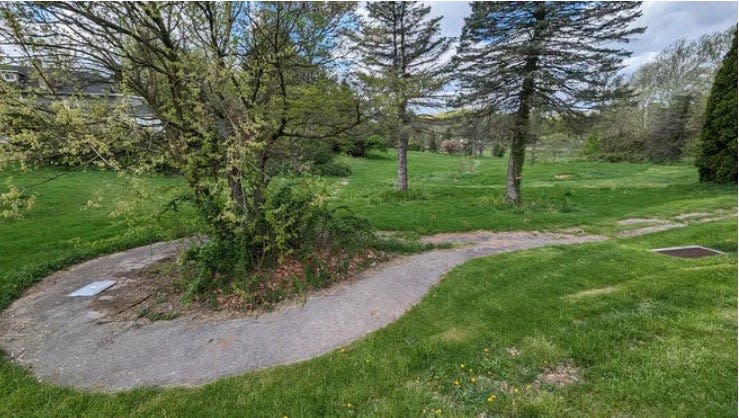
This article originally appeared on York Daily Record: Old Red Lion PA country club: It’s Bulldozer blades v. endangered bats

